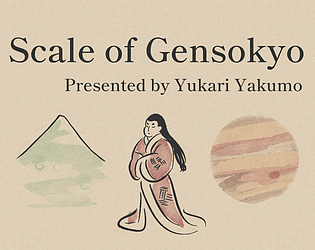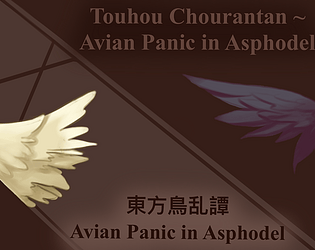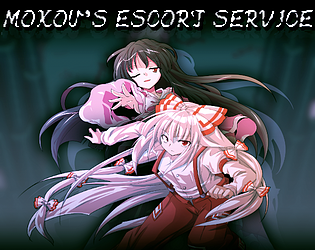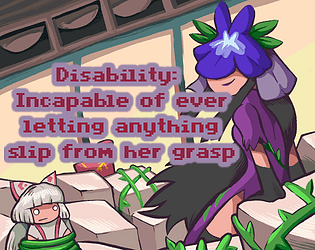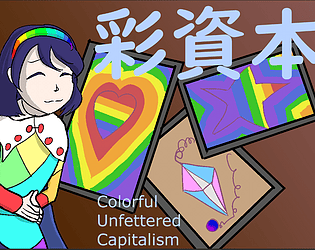At first I thought it was impossible but I was able to figure it out and it wasn't too difficult. I had a few issues related to the aiming. It feels nearly impossible to control how far the onbashira actually goes, and most of the time I just ended up spamming the shot until it hit my target. The hitboxes also felt wonky, again leading me to spam shots instead of trying to aim.
The visuals were great and the music was good too.


